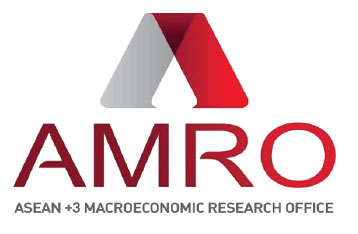-
About Us
- Publications
AMRO’s publications aim to identify risks to economic growth and stability and to prescribe policies to address those risks. Read more- Blogs
- Data
- News
Get the latest updates on ASEAN+3 macroeconomic and financial developments and learn more about AMRO's activities Read more- Member Economies
AMRO’s member economies comprise the 10 member states of the Association of Southeast Asian Nations (ASEAN), and China; Hong Kong, China; Japan; and Korea. Read more- Work With Us
Work with AMRO to contribute to the macroeconomic and financial resilience and stability of the ASEAN+3 region. Read more- Regional Knowledge Hub
- ASEAN+3 Finance Process
- Publications
